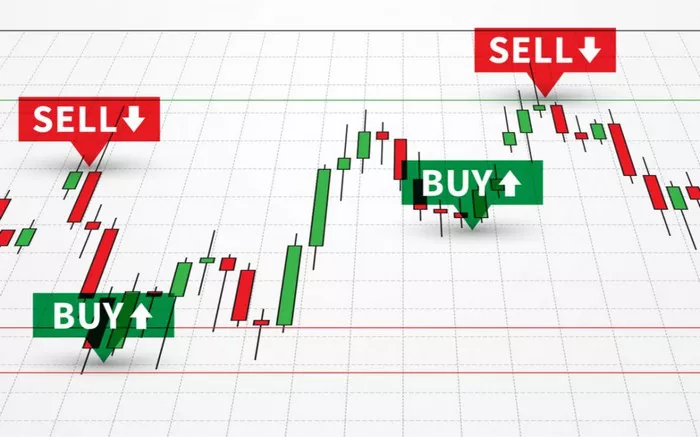Selling flow for AUD (Australian Dollar) is a crucial aspect of financial markets, particularly for banks, institutional traders, and liquidity providers. Flow refers to the continuous buying and selling of currencies, which helps maintain market liquidity and price stability. The AUD is one of the most traded currencies globally, known for its correlation with commodity prices and its role in the Asia-Pacific financial markets.
Understanding how to sell flow for AUD requires knowledge of market dynamics, client relationships, and execution strategies. This essay explores the key steps involved in selling AUD flow effectively, from building client trust to optimizing trade execution. The goal is to provide a clear, actionable guide for financial professionals looking to enhance their AUD trading operations.
Understanding AUD Market Dynamics
The Australian Dollar is heavily influenced by commodity prices, interest rate differentials, and global risk sentiment. Australia is a major exporter of natural resources, so shifts in commodity demand directly impact AUD valuation. Additionally, the Reserve Bank of Australia’s monetary policy decisions play a significant role in shaping exchange rate movements.
To sell flow for AUD successfully, traders must monitor economic indicators such as GDP growth, employment data, and trade balances. These factors help predict currency trends and allow market participants to position themselves advantageously.
Building Strong Client Relationships
Selling flow is not just about executing trades but also about fostering long-term relationships with clients. Institutional investors, hedge funds, and corporate treasuries rely on liquidity providers for efficient execution.
Trust is essential in flow trading. Clients need assurance that their orders will be filled at competitive prices with minimal slippage. Transparency in pricing and execution helps build credibility. Regular communication about market conditions and trade opportunities strengthens client loyalty.
Optimizing Trade Execution
Efficient execution is critical when selling AUD flow. Market makers and liquidity providers must balance speed, cost, and risk. Automated trading systems and algorithmic strategies can enhance execution quality by minimizing market impact.
One common approach is to use tiered liquidity pools, accessing both interbank markets and electronic trading platforms. This ensures competitive pricing and reduces execution risk. Additionally, real-time analytics help traders adjust their strategies based on market depth and order flow.
Managing Risk in AUD Flow Trading
Currency trading involves inherent risks, including exchange rate volatility and counterparty exposure. Effective risk management is necessary to protect profitability.
Hedging strategies, such as forward contracts and options, can mitigate adverse price movements. Diversifying client portfolios also reduces concentration risk. Furthermore, strict adherence to position limits and stop-loss policies ensures disciplined trading.
Leveraging Technology for Competitive Advantage
Modern trading relies heavily on technology. High-frequency trading (HFT) systems, artificial intelligence (AI), and machine learning algorithms enhance price discovery and execution efficiency.
Electronic communication networks (ECNs) and multilateral trading facilities (MTFs) provide access to deep liquidity pools. These platforms enable faster execution and tighter spreads, improving overall trading performance.
Regulatory Considerations
Compliance with financial regulations is mandatory when selling flow for AUD. Different jurisdictions have varying rules on reporting, transparency, and market conduct.
In Australia, the Australian Securities and Investments Commission (ASIC) oversees financial markets. Traders must ensure adherence to best execution policies, anti-money laundering (AML) requirements, and trade reporting obligations. Non-compliance can result in penalties and reputational damage.
Conclusion
Selling flow for AUD requires a deep understanding of market dynamics, strong client relationships, efficient execution strategies, and robust risk management. By leveraging technology and adhering to regulatory standards, financial professionals can optimize their trading operations and provide superior liquidity services.
Success in AUD flow trading depends on continuous market analysis, transparent client interactions, and disciplined risk controls. Those who master these elements will thrive in the competitive world of currency markets.
Related topics:
































